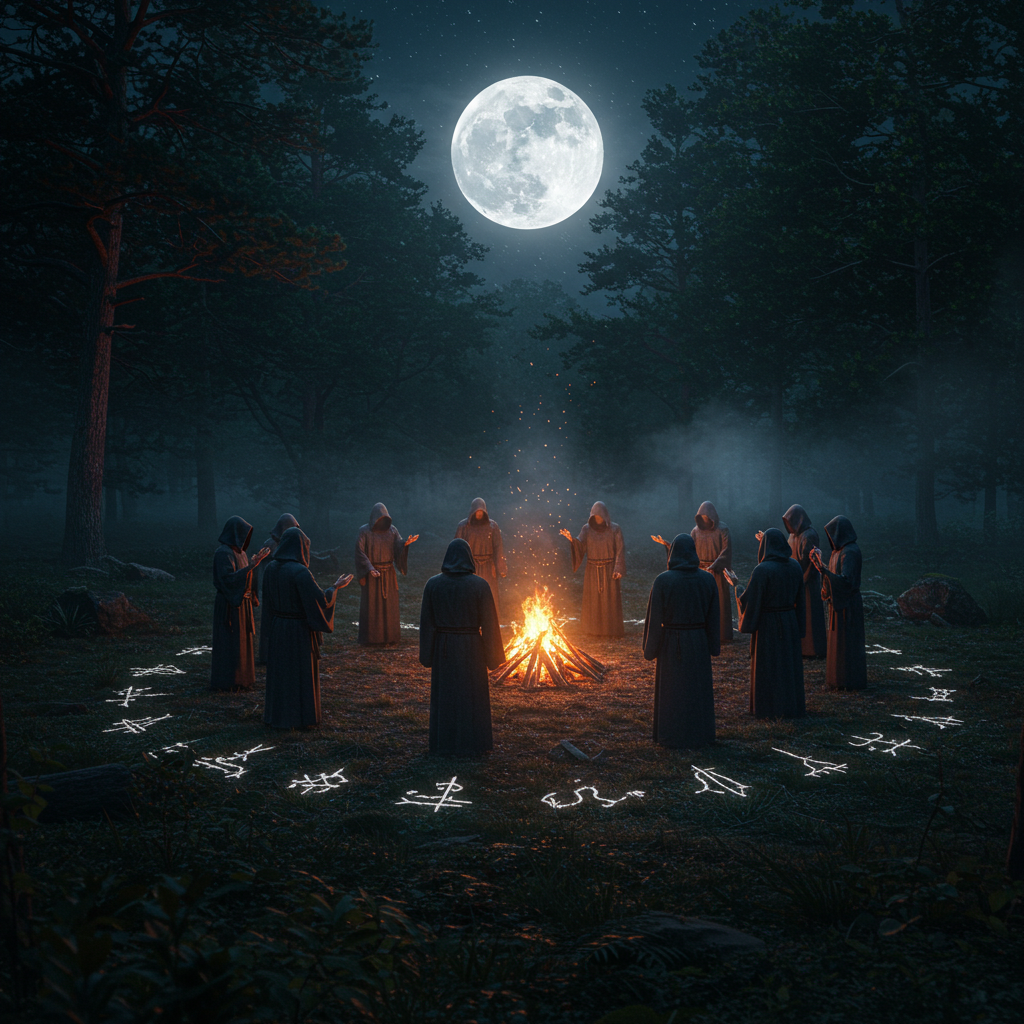According to long-standing folk traditions found in Europe, Africa, Asia, and indigenous American cultures, the full moon creates ideal conditions for witches to gather and perform rituals. These nocturnal meetings are believed to harness the unique energies of the full lunar phase, which symbolizes spiritual fullness, power, and transformation. The moon’s gravitational influence and increased visibility are said to enhance the efficacy of spells and other magical operations. Full moons were believed to create heightened states of awareness, ideal for rituals involving spirit summoning, divination, collective spell-casting, or the initiation of new practitioners.
Testimonies from European witch trials often described gatherings—sometimes called sabbats—that coincided with the full moon. Activities attributed to these meetings included the sharing of magical knowledge, dancing, feasting, and invoking supernatural beings. These beliefs reflect the broader cultural perception that lunar phases, particularly the full moon, influence both human behavior and the invisible forces of nature.



